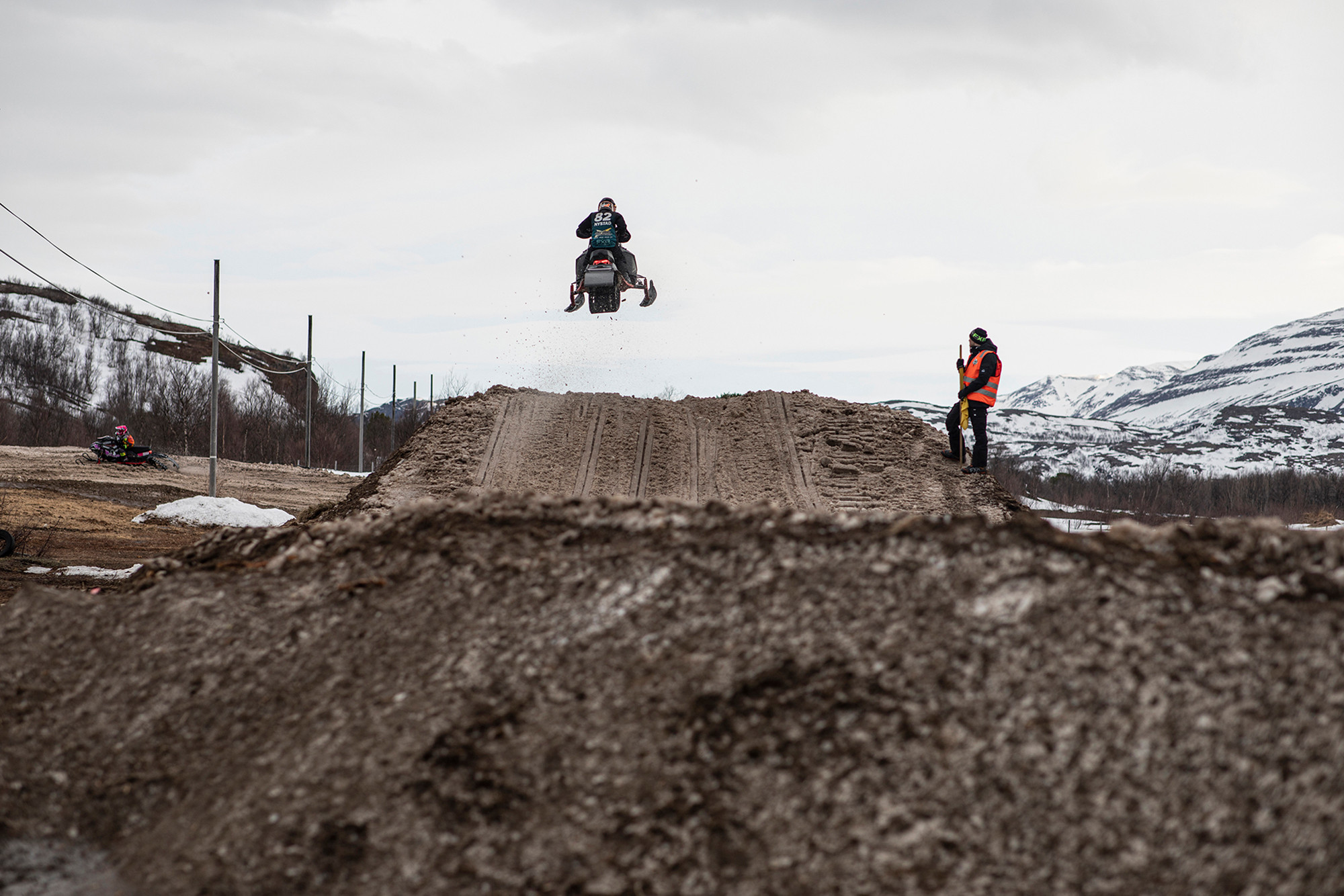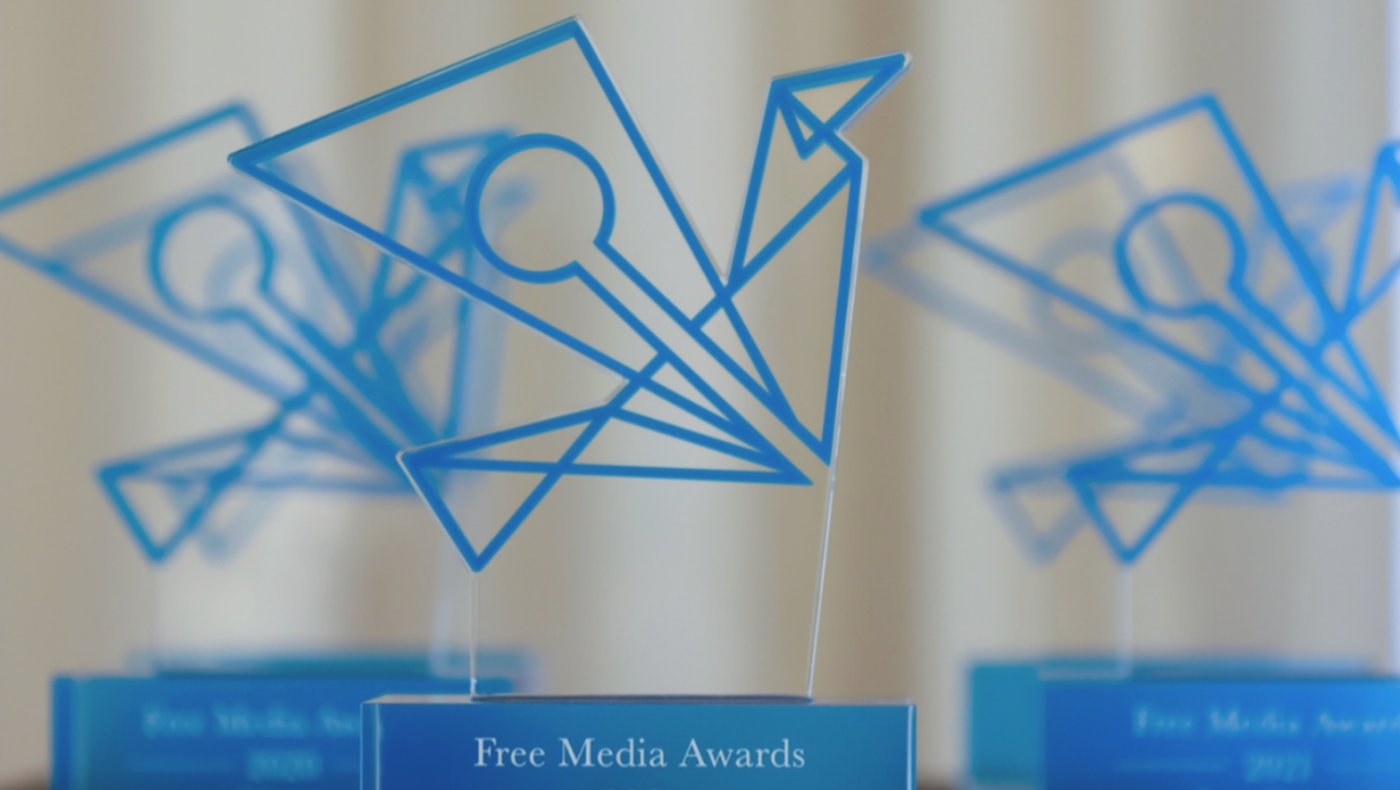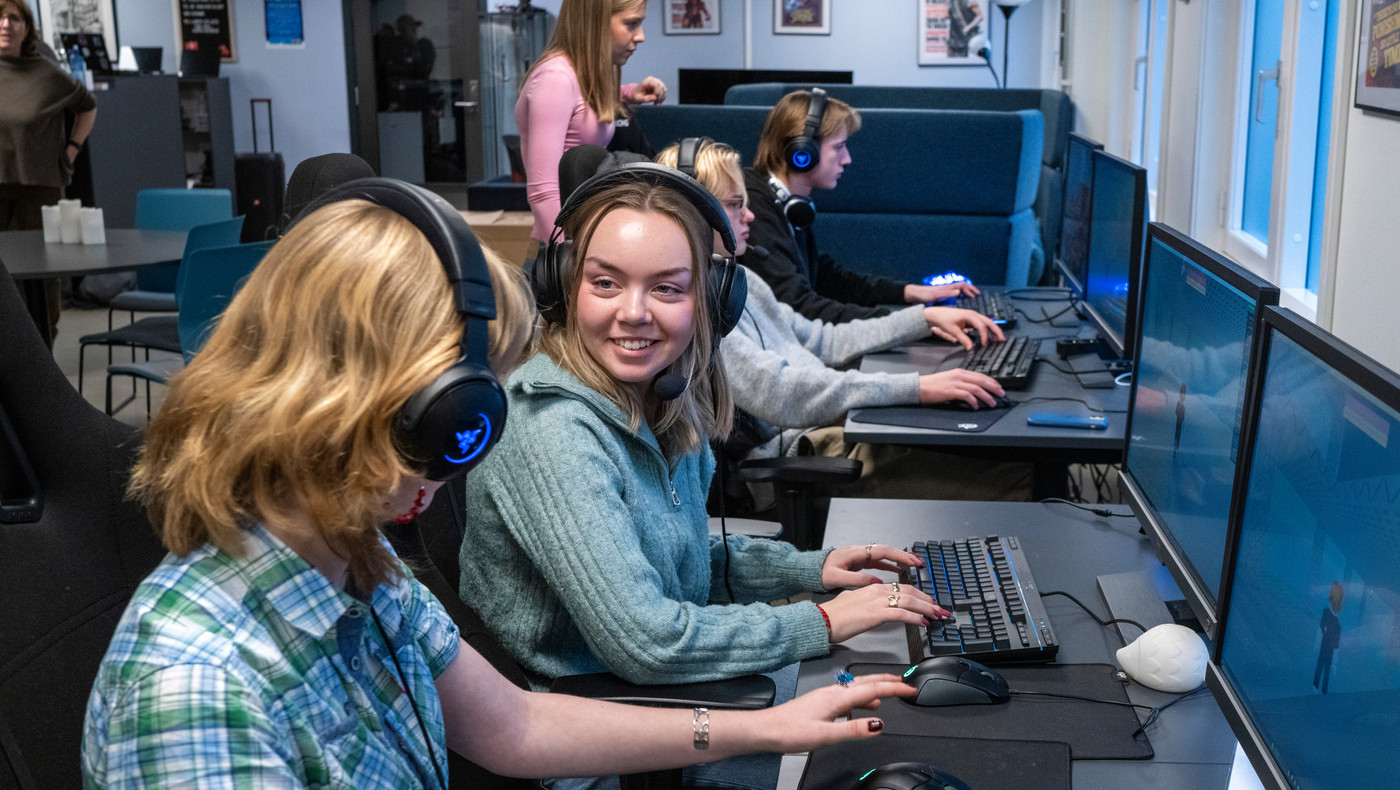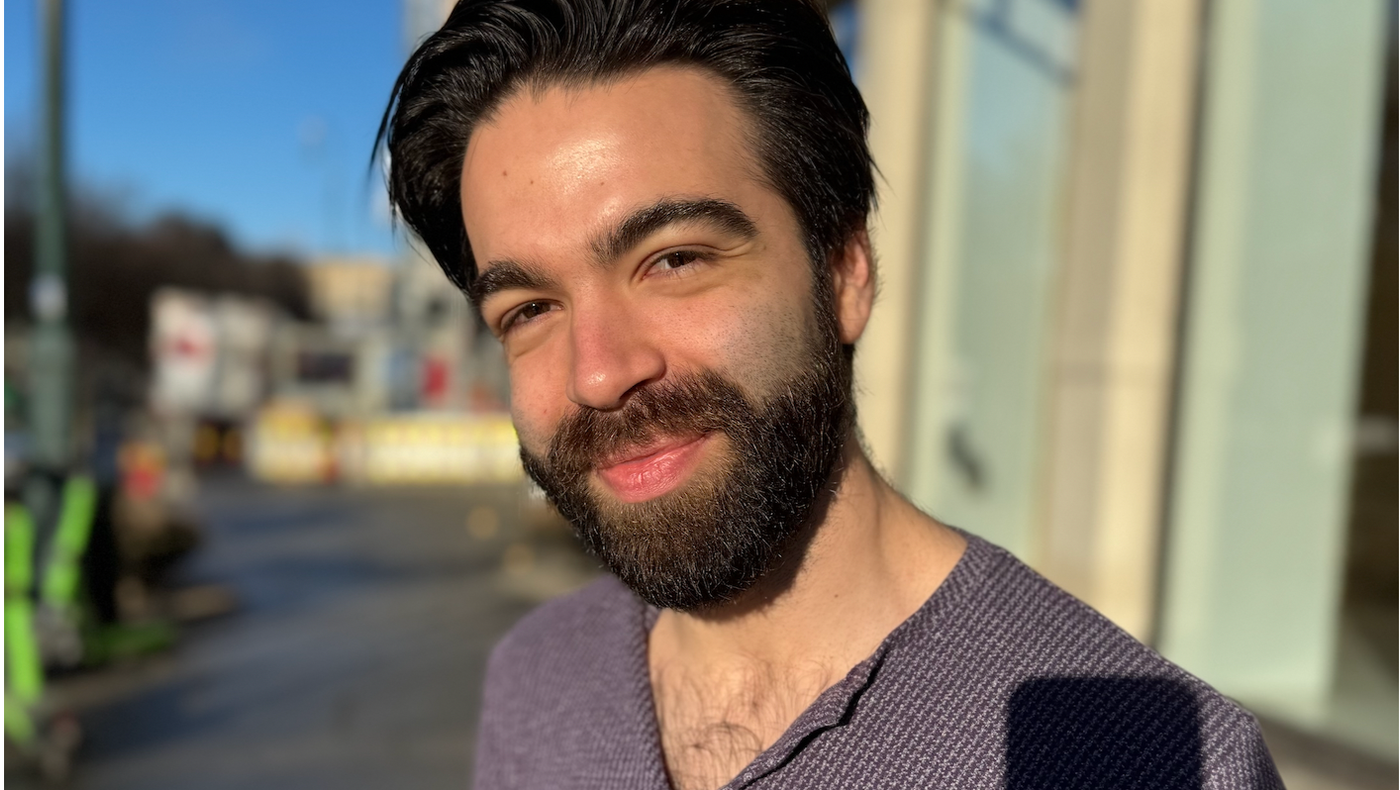Finnmark residents want to be king of their own castle
Why is it so important for the people of Finnmark to be ‘king of their own castle’? Photographer Ingerid Jordal has asked herself this question in four exhibitions planned for 2024, while the ‘shotgun wedding’ of the former separate counties of Troms and Finnmark is to be ‘annulled’. Three photographers portray motherhood, and Persian poetry is explored as a political force in Iran. See the list of new grants awarded by Fritt Ord.
This autumn, Ingerid Jordal received a grant from Fritt Ord for the photo project ‘Liberation and Reconstruction: Portrait of a County’. She has photographed and interviewed people in all of Finnmark’s 18 municipalities on a quest to find out where Finnmark’s inherent skepticism of authority comes from. The local skepticism of state power was in full bloom when Finnmark was ‘forced into a shotgun marriage’ with Troms through a regional reform.
Once burned, twice shy
The ingrained resistance against authority stems from centuries of Norwegianisation of the Sámi and Kven people, taxation mandated by the Crown, and Great Powers that used Finnmark as a battlefield, not least through the scorched earth policy, when Hitler’s army razed the county to the ground in 1944.
“It has been greatly under-communicated to the rest of Norway how terribly difficult the war really was in the north. The razing of Finnmark and North Troms was a collective trauma for the population. People lost everything and were forcibly evacuated to the south, or they hid in huts and caves. Afterwards, they moved back, against the wishes of the Norwegian authorities. They rebuilt the region. I think much of Finnmark’s identity today rests on this piece of history,” comments Jordal. They endure terrible winters and great hardship
As one truck driver in Lakselv described it: “To be a real Finnmarking, one has to hate life a little bit”.
To this day, many people in Finnmark feel that ‘colonisation’ from the south is alive and well. The way the Norwegian security authorities recruit spies from the local population in the north and the way they are allowing the US to upgrade a radar station in Vardø are just two examples
“The radar facility is one of the most advanced in the world. We do not know who is footing the bill, but it appears to be largely financed by the US, and it is making Finnmark County into a strategic target for the Russians. This is happening without local politicians having any say in the matter whatsoever," reports Jordal.
Jordal knows Finnmark County well after working as a local newspaper photographer in East Finnmark for many years, and then later working as a documentary photographer.
She now lives in Voss, but she travels north often.
“I think knowing Finnmark County well but not being a permanent resident is a fruitful point of departure for making documentaries. The process involves getting close to people and places at the same time as keeping them at arm’s length,” she muses. “It’s about understanding village life."
Where you live affects how you see the world. Contemporary rural Norway is almost chemically devoid of documentary photographers.
The goal is to mount an exhibition of 20-30 photographs that will wander from the Museum of Reconstruction in Hammerfest via the RiddoDuottar Museat in Lakselv to Vadsø Museum. There will also be a ‘spin-off’ called Satellite Finnmark at Galleri Halv in Oslo in April. It will be spiced up with objects and performances and will be ‘a little piece of Finnmark County’ in the middle of the big city. Jordal works in the press, as well as in the field of art. She has previously received support from Fritt Ord for a series of articles entitled ‘Status Sámi’, a photo book and the exhibition ‘She Hunts’ (about female hunters), the photographic report project ‘Passing through ‘, the exhibition ‘The American Dream’ and the photojournalism project ‘Just the two of us’.
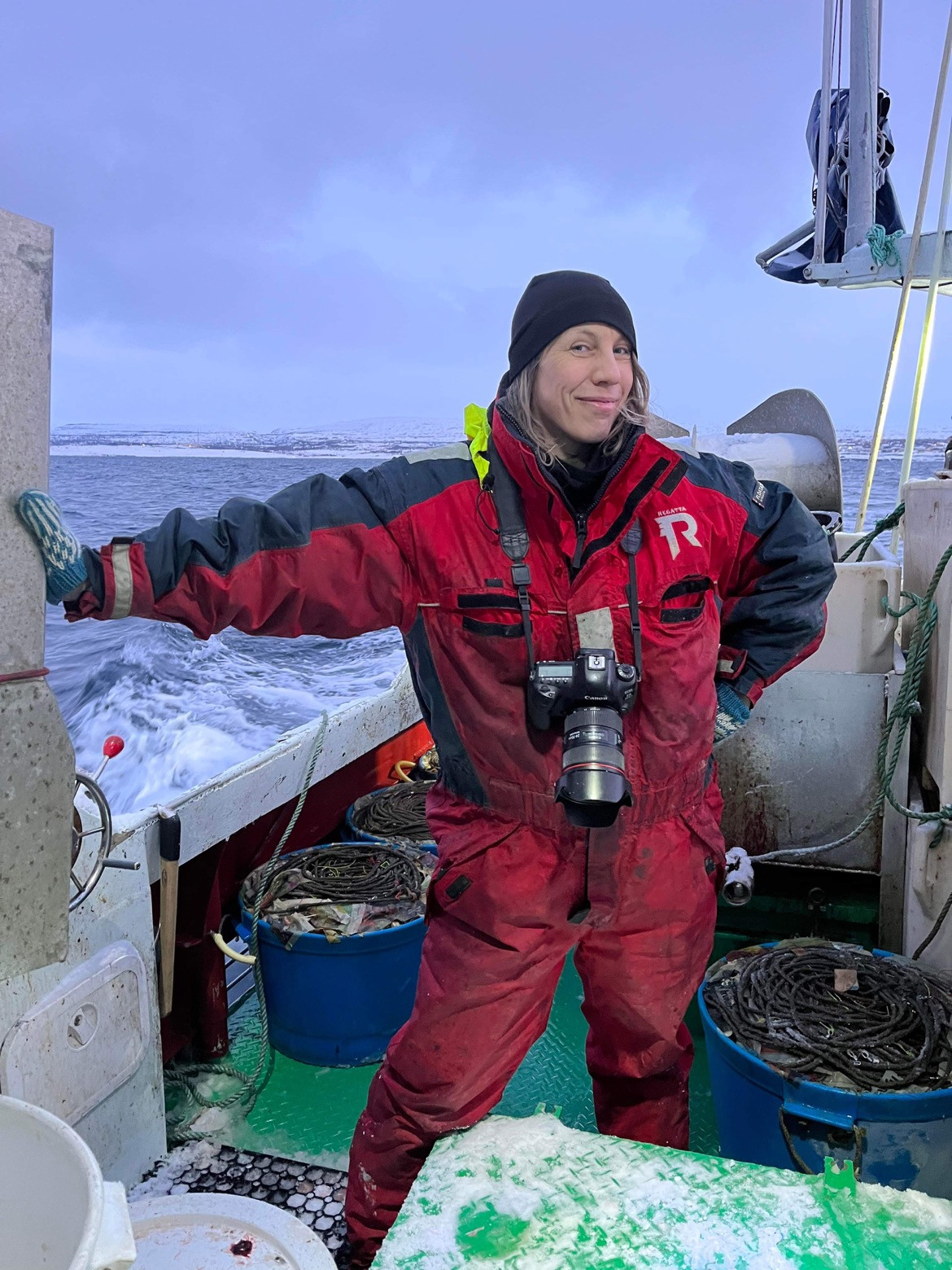
The Book Festival in Bø, Norwegian PEN, the podcast entitled Regnfang and the Midt-Telemark municipality have all been award funding for the event ‘Persian poetry – a weapon in the Iranian struggle for freedom’, featuring Iranian-Norwegian poets Fatemeh Ekhtesari and Mehdi Mousavi, who fled Iran together.
“Poetry has a more important position in terms of religion, culture and politics in Iranian society than what we are used to in Norway. We would like to share some of the power of Persian poetry with a Norwegian audience,” explains project manager Magnus Harding, highlighting how the two authors are using poetry to incite change in Iran.
Ekhtesari fled after being sentenced to 99 lashes and eleven and a half years in prison for greeting a man with a handshake, while Mousavi received nine years in prison and 99 lashes for, among other things, ‘violating the sacred’ and ‘propaganda against the state’. In reality, both were sentenced because of their writing. Ekhtesari has published two volumes, while Mousavi has published fourteen collections of poetry. The event will take place at Gamle Munch in Oslo in February and will also be released as a podcast.
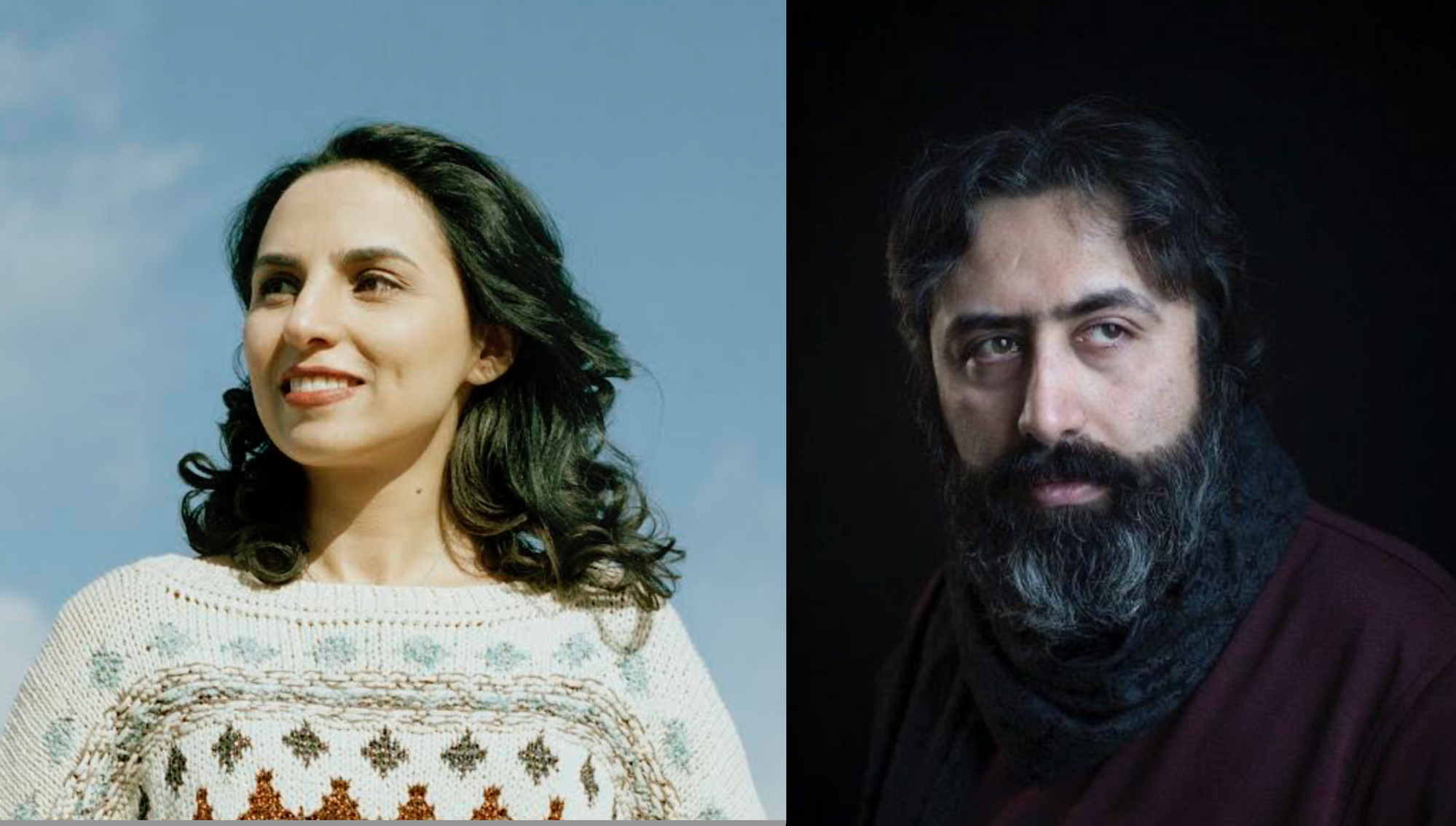
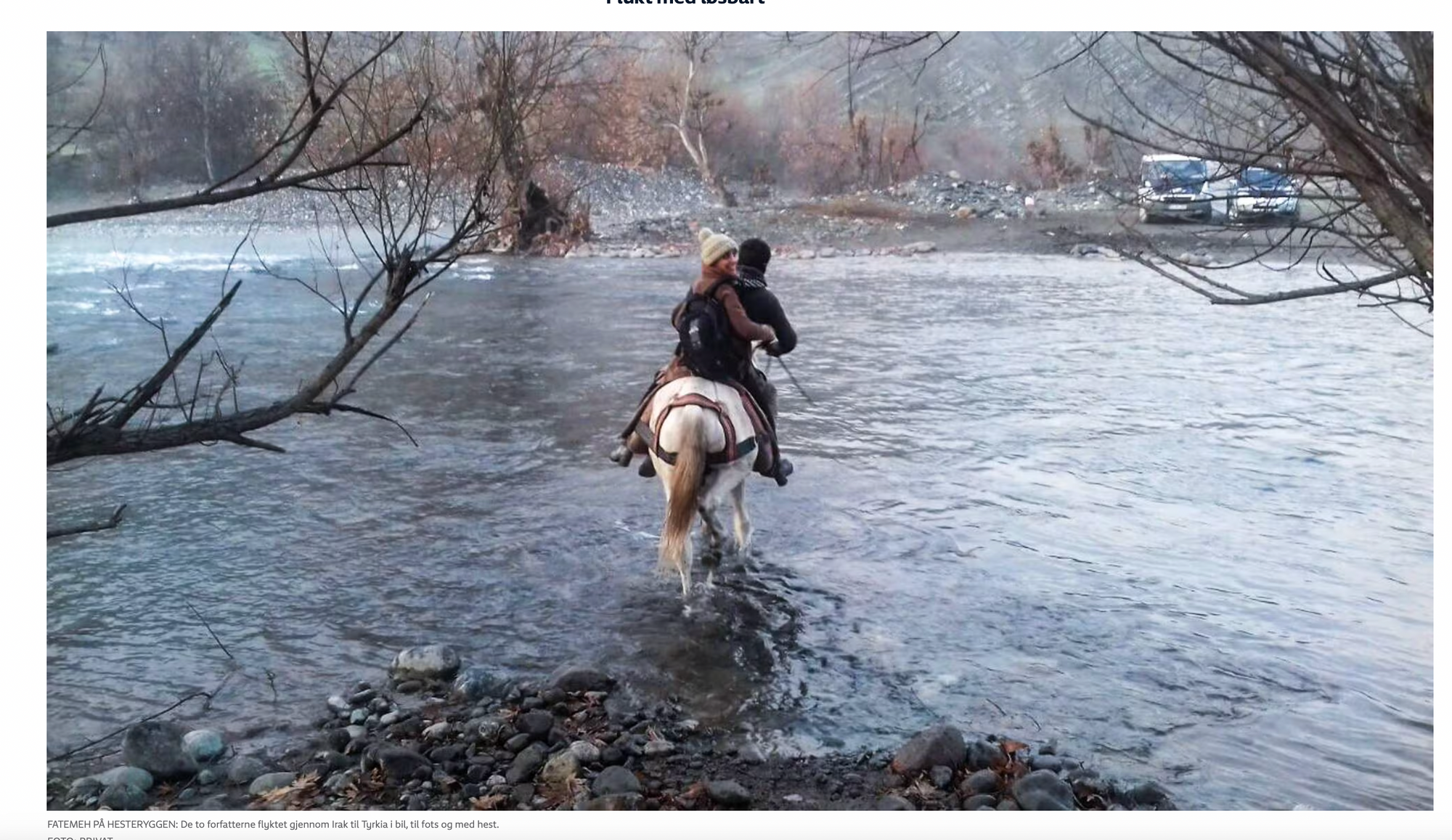
Another award from the November list was for the photo exhibition ‘MOM/WOW/MOM’, which the three photographers Sara Sanderud, Monica Vegstein and Malin Westermann are putting together at the House of Photography in spring 2024. In it, they will explore motherhood – from the desire to have a child to the transition to parenthood, and what it is actually like to be a parent. The exhibition consists of the photo projects ‘Where do the clouds come from then?’, ‘Summer with Monica’ and ‘Matrescence’. Sanderud became a mother for the first time during the corona pandemic.
“My new family and I were isolated in our home, and I felt inadequate at times. While in the maternity bubble, I started documenting my new routines with my camera. It became a way of gaining an outsider’s perspective and being more present, in terms of the good and the bad alike,” she says. Sanderud does not think she is the only one to feel like this, and she reminds us that many people find the postpartum period challenging. Not least, one in ten women in Norway experience feeling down or depressive symptoms during pregnancy and childbirth.
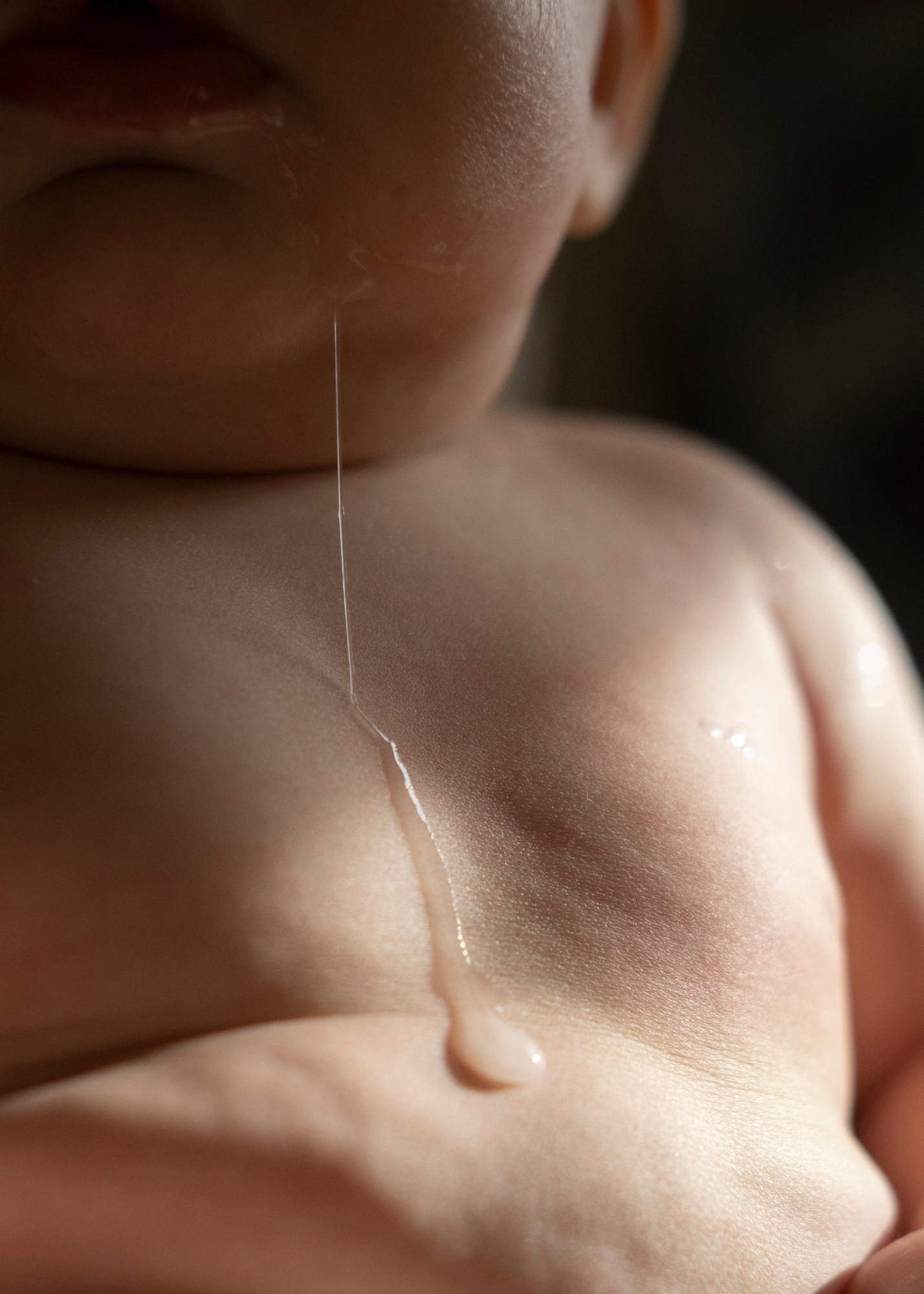
In ‘Summer with Monica’, Monica Vegstein shows a series of self-portraits from a summer she spent with a friend and her four children at their summer home. She got the idea for the project when she read about how Marilyn Monroe had moved in with her psychologist for a short period of time to experience feelings that she had missed out on in life in general and while growing up. Loneliness is a growing problem in society, and many people are involuntarily childless. When Monica made this series of images, she was part of that statistic, she recounts.
“I wanted to learn more about family life, motherhood, the feeling of belonging and unconditional love,” maintains Monica.

Malin Westermann is making ‘Matrescence’ because life before children did not adequately prepare her for becoming a mother. She wants to capture the ‘complex, physiological and deeply emotional transformation’ of becoming a parent in images.
“Pregnancy, birth and parental responsibility are among the most poignant, beautiful and intimate experiences a human being can have, but also the most claustrophobic, exhausting and emotionally challenging I have ever experienced. I’ve spoken to many people who say the same thing," she adds.
The exhibition will be on display at the House of Photography in Oslo from 25 April to 26 May 2024. About thirty photographs will be shown, and there will be a play area in the middle so that parents with young children can drop by easily.
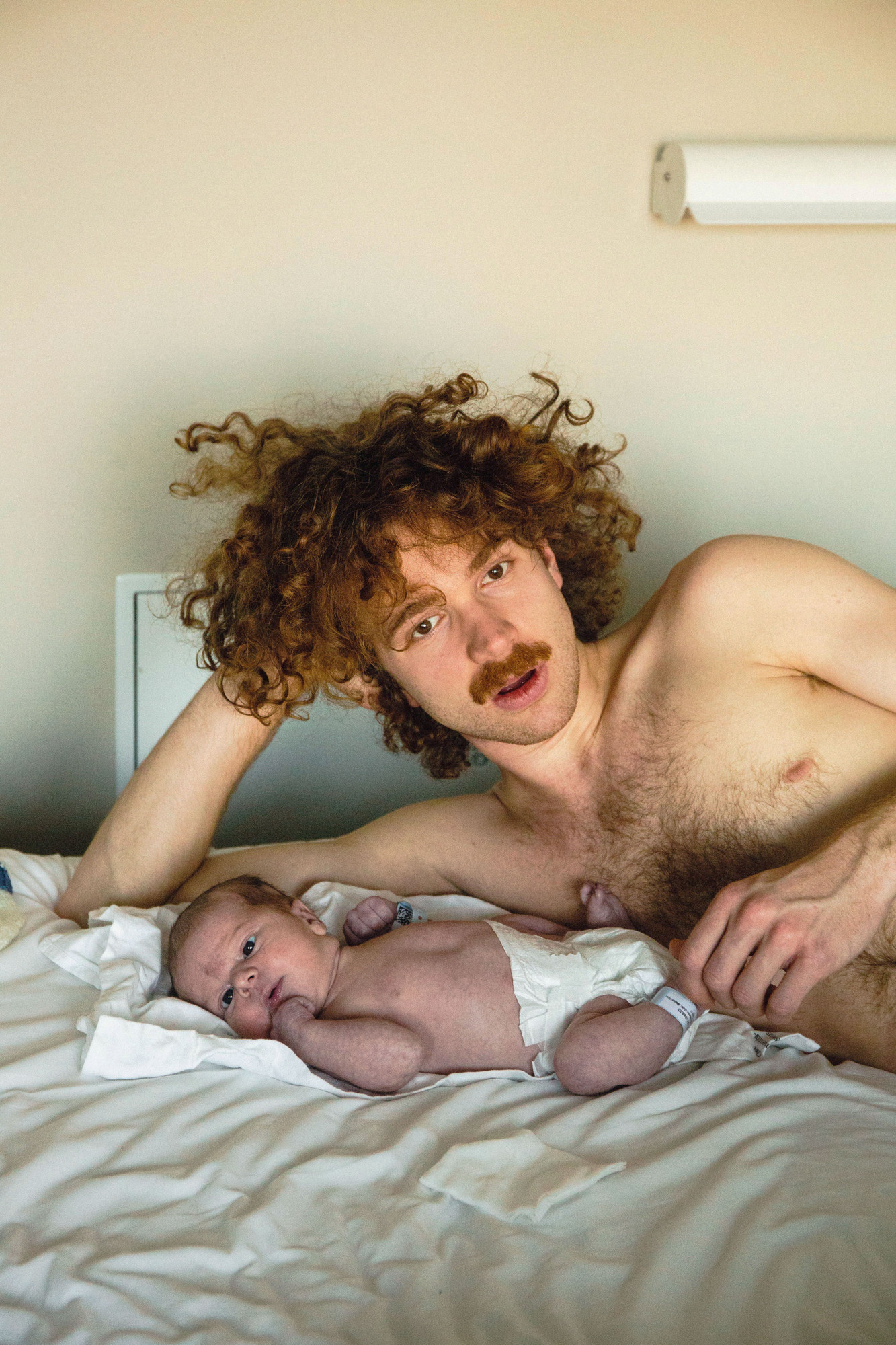
The following smaller, ordinary projects were awarded funding by Fritt Ord in November 2023 (see list in Norwegian version)
